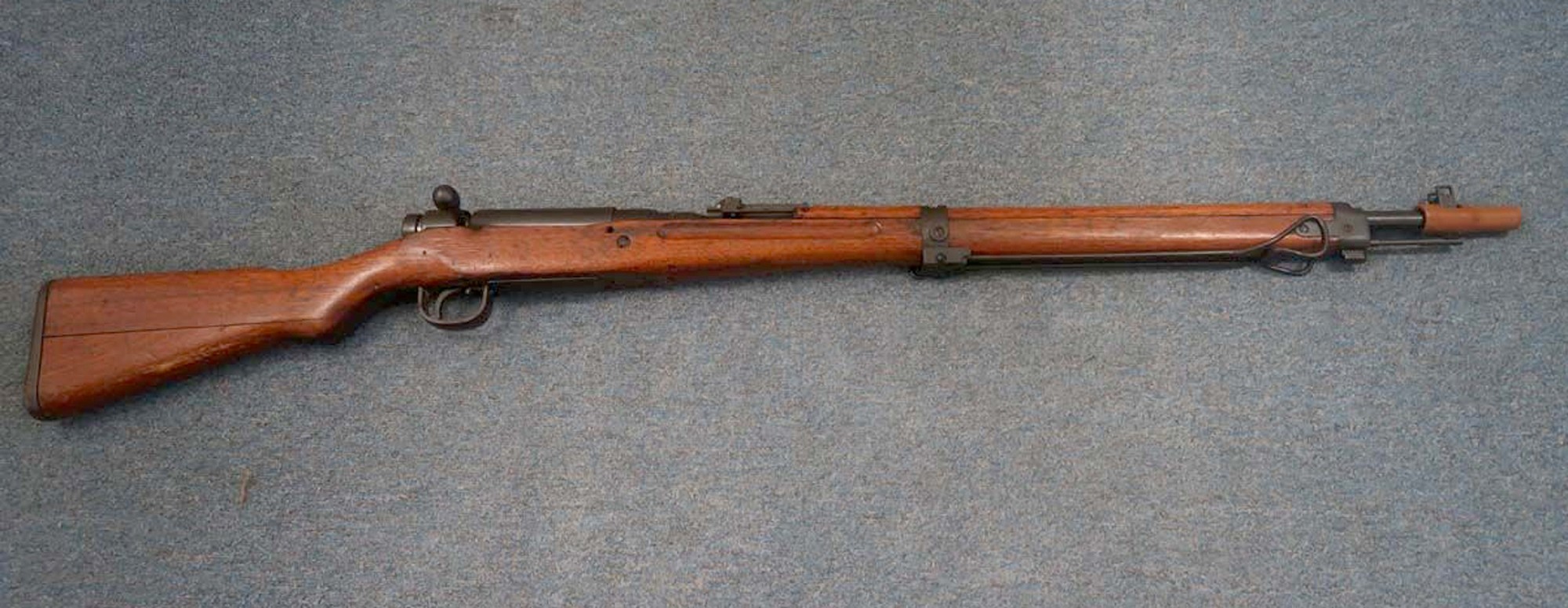Type 99 Arisaka Serial Numbers
A Type 99 short rifle. Type Place of origin Japan Service history In service 1939–1945 (Japan) Used by See Wars Production history Designer Designed 1939 Produced 1939–1945 No. built ~3,500,000 Specifications Weight 3.8 kg (8.4 lb) Length 1,118 mm (44.0 in) or 1,258 mm (49.5 in) length 657 mm (25.9 in) 730 m/s (2,400 ft/s) Feed system 5-round internal box magazine, stripper clip loaded The Type 99 rifle Arisaka or Type 99 short rifle ( 九九式短小銃, Kyū-kyū-shiki tan-shōjū) was a of the design used by the during. Contents • • • • • • • • • History [ ] During the in the 1930s, the Japanese soon found that the 7.7mm cartridge being fired by their Type 92 heavy in China was superior to the cartridge of the, necessitating the development of a new weapon to replace the outclassed Type 38. The (IJA) developed the Type 99 based on the Type 38 rifle but with a caliber of 7.7mm.
The Type 99 was produced at nine different arsenals. Seven arsenals were located in Japan, with the other two located at in China and in Korea. The IJA had intended to completely replace the Type 38 with the Type 99 by the end of the war. However, the outbreak of the never allowed the army to completely replace the Type 38 and so the IJA used both rifles during the war. As the war progressed, more and more cost saving steps were introduced in order to speed up production.


Late war rifles are often called 'Last Ditch' or 'Substitute Standard' due to their crudeness of finish. They are generally as crude as the 1945 dated of Germany, or worse. The Type 99 was produced in four versions, the regular issue Type 99 Short Rifle, the Type 99 Long Rifle (a limited production variant) and takedown Type 2 Paratroop Rifle and the. The standard rifle also came with a wire and an anti-aircraft sighting device. The Type 99 was the first mass-produced infantry rifle to have a chrome lined bore to ease cleaning.
All of these features were abandoned by mid-war. Other users [ ] During the, approximately 126,500 short and 6,650 long Type 99 Rifles were re-chambered under American supervision at the Tokyo arsenal to fire the then-standard cartridge. Apparently intended for the South Korean 'gendarmerie', few rifles appear to have been issued at the end of the war in 1953. Were fitted with a lengthened magazine well and had a small notch cut in the top of the receiver to accommodate the.30-06 round's 1/3 inch greater length. Accuracy suffered, due to the difference in cartridges, rifling rate and characteristics, but they were nonetheless functional. Conversions to both.30-06 and have also been performed by civilians, often along with modifications. After 1946, the re-chambered large numbers of Type 99 rifles to fire the cartridge.
Indonesian forces used a large number of Type 99 rifles in the fighting against the Dutch during the (1945–1949). Bmw Diagnose Software Ediabas Download. The received Japanese rifles of all types after 1945 and converted some short Type 99 rifles to fire the U.S..30-06 cartridge during the early 1950s. Eric Clapton Unplugged 320 Rapidshare on this page.
The Flip-up Anti-aircraft rear sights of a Type 99 rifle. The calipers on the sides are to determine the speed of the targeted aircraft. To gain the superior hitting power of the larger 7.7mm cartridge, several caliber 6.5mm Type 38 rifles were modified for the new round. Although the tests proved satisfactory, the army decided that the added recoil and larger chambering for the 7.7mm cartridge would require an entirely new rifle for the cartridge.
Samehadaku Inazuma Eleven Go Ultimate Bond there. It utilized a cock-on-closing action and an unusual mechanism, operated by pressing in the large knurled disk at the rear of the bolt with the palm of the hand and rotating it in a 1/8 clockwise turn, which is often misunderstood by Western shooters who are used to the Mauser's thumb lever safety. It featured a quick-release bolt and antiaircraft sights, as well as a sliding bolt cover and monopod. As a bolt-action rifle, the Type 99 was a very solid weapon, but as with all manually operated rifles used during, they were in most close combat situations outclassed by and. The Type 99 is one of the strongest military bolt rifles ever made, but many late-war ('last ditch') rifles used lower quality parts, and a complete lack of finish, as well as shortcuts taken to ease production. The 'last ditch' rifles are usually distinguished by their crudeness; poorly finished stock, wood buttplate, very obvious tooling marks in the metal, rudimentary sights and an unfinished bolt knob and handle.